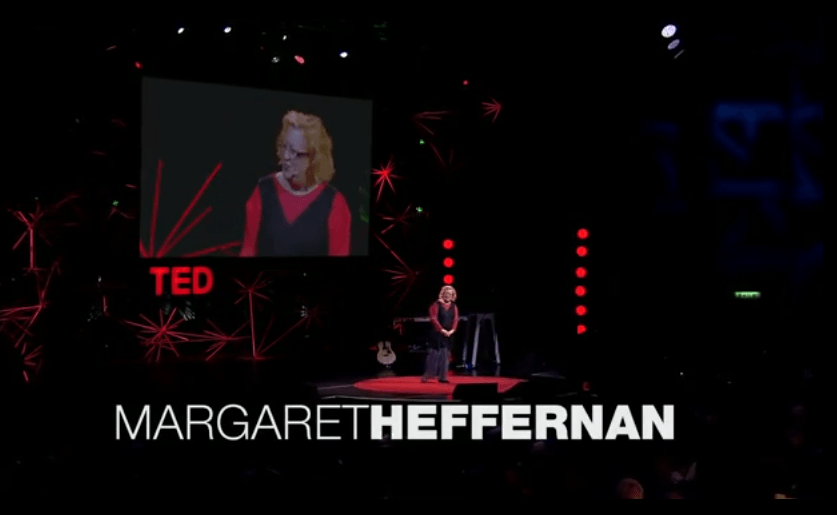Dare to Disagree Summary

3 min read ⌚

Stop avoiding conflict. Welcome it. “Dare to Disagree.”
About Margaret Heffernan

Margaret Heffernan is a corporate speaker and a former CEO of a few e-commerce companies.
“Dare to Disagree Summary”
During the 1950s, Dr Alice Stewart, provoked by the increasing incidents of childhood cancers, decided to examine them.
Her studies resulted in one common factor that she could find in most of the cases: while pregnant with the children, their mothers had undergone x-rays.
After she published her findings, Dr Stewart and her study received tons of attention.
However, the publicity of her research did nothing to stop the practices of the doctors at the time, since the results were contrary to the beliefs of the medical community.
So, doctors decided to shut their eyes and continued to X-ray their patients for another two and a half decades.
Although no one else followed her suggestions, Stewart knew she was right.
But, she was not left alone in her quest – her collaborator Geroge Kneale used his statistician’s expertise to test her research and try to disprove it.
How is this helpful, you ask?
Well, Kneale knew that “creating conflict” and buzz around her theories would only help in their validation.
In fact, such a conflict is constructive in every field, since collaborating with people who share the same worldviews is comfortable but asking for different opinions, without the fear of disagreement adds integrity to your work.
Building a corporate climate which encourages such constructive conflict is not an easy task.
Studies show that as many as 85% of managers would rather not raise issues at work.
People are afraid of starting conflicts since they fear the outcome, and even more, they are scared of losing the argument.
However, this kind of thinking is not doing anyone any good.
Constructive conflicts lead to growth and progress and are a way of thinking about an issue and solving it.
Disagreements fuel your curiosity, make you question, reconsider and deeply analyze your work. As a result, you will find many opportunities for improvement and strengthening of whatever it is you do.
So the next time you face opposition, do not be afraid.
If you have an opinion, stand up and say it loudly. If someone else gives you an impression, welcome it.
Only by embracing such practices you will come up with the best solutions, and will never stop growing.
Key Lessons from “Dare to Disagree”
1. Life is a concept, nothing
2. Learn how to find your way
3. See the big picture
Dr. Stewart’s Study
During the 50s, Dr. Alice Stewart found that in most of the cases of childhood cancers, while pregnant with the children, their mothers had undergone x-rays.
However, doctors decided to shut their eyes and continued to X-ray their patients for another two and a half decades.
Creating Conflict
Dr. Stewart knew she was right. And so did her collaborator Geroge Kneale. To help her, he used his statistician’s expertise to test her research and try to disprove it.
He knew that “creating conflict” and buzz around her theories would only help in their validation.
Conflict Leads to Growth
Collaborating with people who share the same worldviews is comfortable but asking for different opinions, without the fear of disagreement adds integrity to your work.
Disagreements fuel your curiosity, make you question, reconsider and deeply analyze your work. As a result, you will find many opportunities for improvement and strengthening of whatever it is you do.
Like this summary? We’d Like to invite you to download our free 12 min app, for more amazing summaries and audiobooks.
“Dare to Disagree” Quotes
The truth won’t set us free until we develop the skills and the habit and the talent and the moral courage to use it. Share on X How do organizations think? Well, for the most part, they don’t...They can’t because the people inside of them are too afraid of conflict. Share on X But when we dare to break that silence, or when we dare to see, and we create conflict, we enable ourselves and the people around us to do our very best thinking. Share on X







